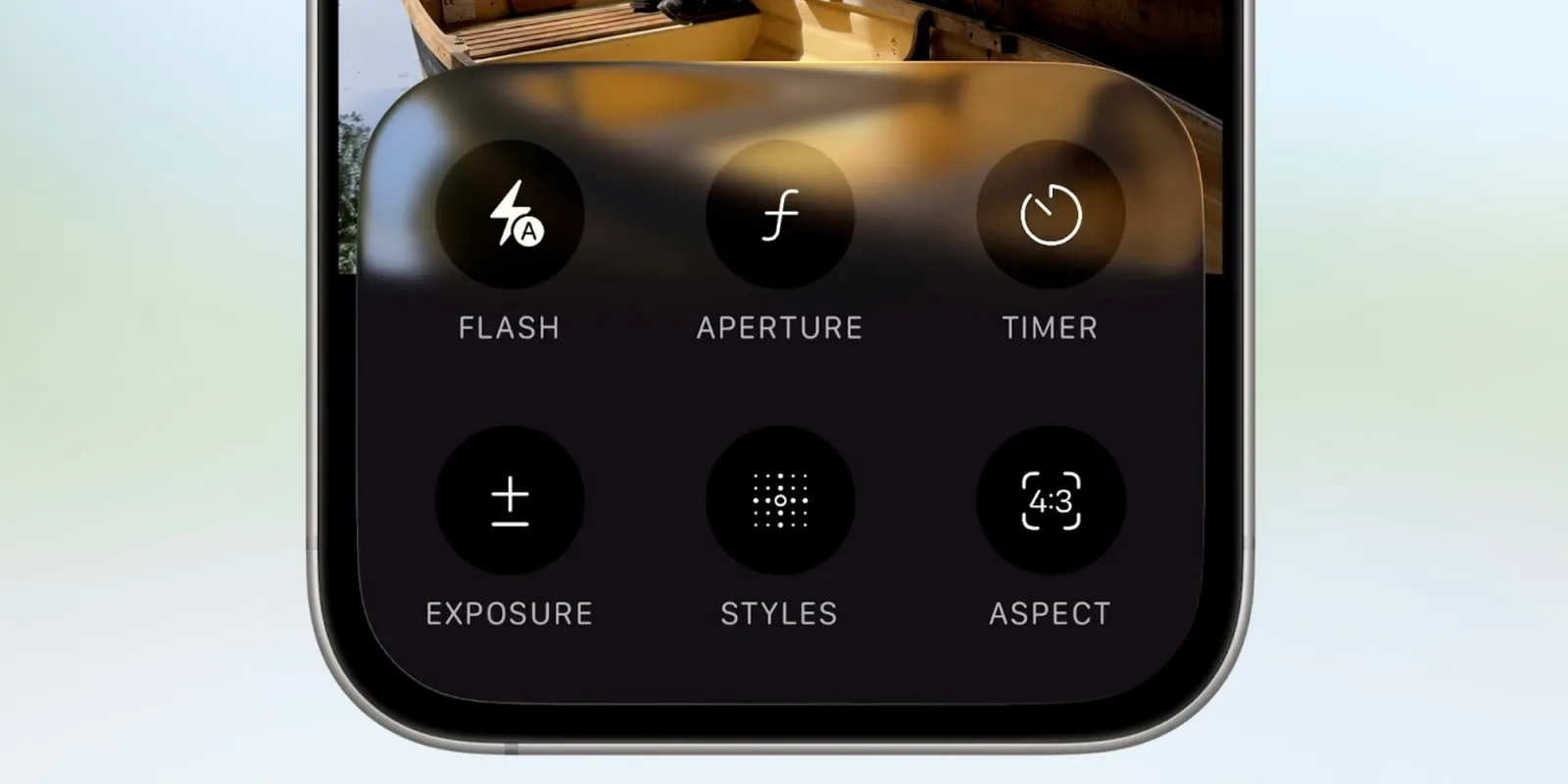Apple’s highly anticipated new update, iOS 26, is making a name for itself with its numerous features and radical changes to one of its most essential apps, the Camera. Going beyond mere design tweaks, the update completely reimagines the photo and video experience with a cleaner interface, smart new functions, and ecosystem integrations.
What does the iOS 26 Camera app offer?
With iOS 26, the Camera app adopts Apple’s new Liquid Glass design philosophy. The buttons now feature a more rounded and organic design, appearing to float above the screen. Transparency in the interface has been increased, allowing for a clearer view of the area outside the frame.

The most striking change is in the submenu. To eliminate clutter, Apple has reduced the interface to two main tabs: Photo and Video, rather than listing all shooting modes. Other modes, such as Panoramic, Portrait, or Slow Motion, are accessible with a simple swipe. This simplification allows users to instantly access their two most frequently used modes. The thick white ring around the shutter button has also been replaced by a more elegant and modern Liquid Glass ring.
Apple has now introduced a smarter solution to the settings that used to fill the top of the screen. Tapping the “Photo” or “Video” tab opens a menu of large, clear icons with settings specific to that mode (Flash, Exposure, Timer, Aspect Ratio, etc.). For example, tapping Exposure instantly reveals a settings slider, allowing you to precisely adjust the lighting before shooting. This new approach keeps the home screen clean and provides intuitive access to all controls.
iOS 26 also showcases the power of hardware and software integration. Now, AirPods Pro 2 and AirPods 4 users can remotely take photos or start and stop video recording by simply pressing the stem of their earbuds. This feature will be especially useful for group photos and still shots.
Another smart innovation is the Clean Alert. When your iPhone detects that your camera lens is dirty, it will send you a notification, reminding you to clean it to capture the clearest shots.
With new APIs, Apple is also paving the way for developers to take advantage of these innovations. Third-party camera apps can now integrate Apple’s Cinematic Mode feature, which captures cinematic videos with shallow depth of field, and advanced audio editing tools into their own apps.
Furthermore, with Continuity Camera, introduced in macOS 26, you can turn your iPhone into a powerful magnifying glass for your Mac. This accessibility feature will allow a student with low vision, for example, to use their iPhone to zoom in on the board and easily view the image on their Mac screen.













